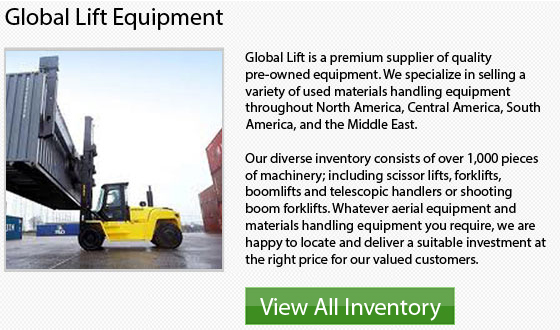
Responsibilities of a Forklift Driver
The task of a forklift operator is to move supplies from one place to another, usually in factories and warehouses. Drivers need specialized training, which is commonly provided by the workplace. Prospective drivers must be able to pass both a background check and a drug test.
Performing Inspections
Performing safety and functionality checks every day is part of the many tasks of a forklift operator. The Occupational Safety and Health Administration mandates that all kinds of forklifts be checked before use. The operator should inspect the forklift once more at the end of the shift. Yearly safety training is a very essential part of the job description of a forklift driver.
Loading and Unloading
Forklift operators use forklift controls to load and unload materials and to stack stuff efficiently and in a timely method.
Weighing Materials
A forklift operator's responsibilities consist of weighing the supplies they are moving, and logging the weights.
Quality Control
Quality control is another vital part of the forklift operator's responsibility. This includes making sure that orders are right and making sure the supplies do not sustain damage while moving them.
Battery Care and Maintenance
Caring for the forklift battery helps guarantee a long life span for the unit. Proper maintenance and care consist of checking the level of water inside the battery roughly every five charge cycles, filling the cell to just over the visible protector, being careful not to overflow the water, and cleaning up any spills. When a forklift battery is charging, never interrupt the cycle.
PPE: Personal Protective Equipment
Personal Protective Equipment is necessary when performing work on the battery, such as checks of water levels. Both eye protection and hand protection should be worn, and an acid spill kit and a fire extinguisher should be available. Forklift drivers must always observe safety rules. The charging place should be kept ventilated and clear of open fire.